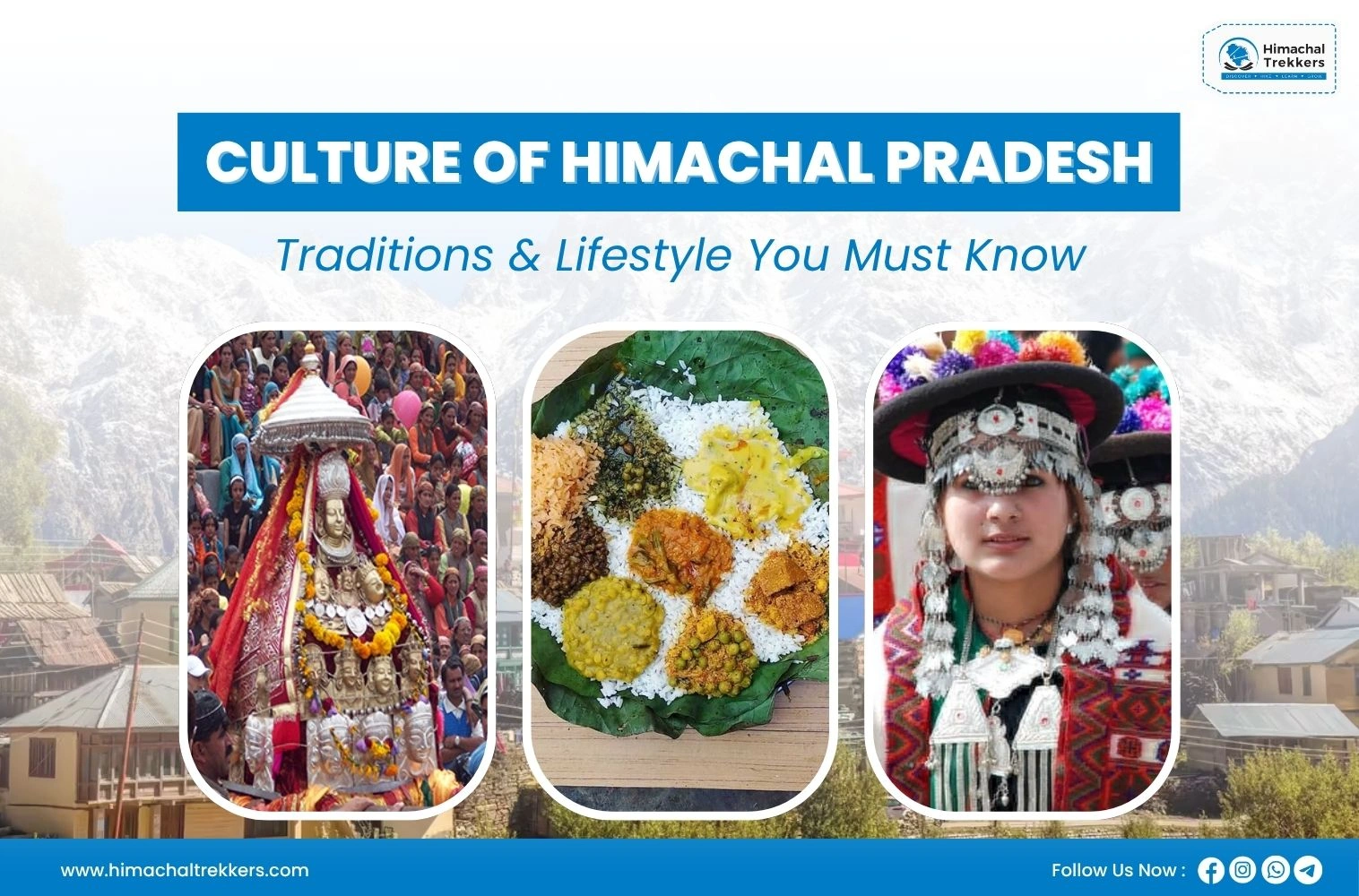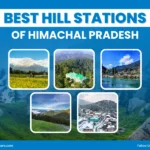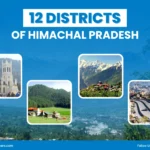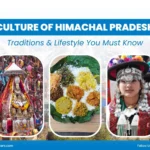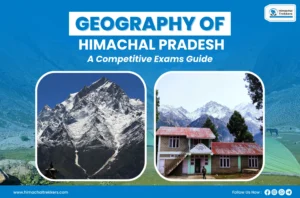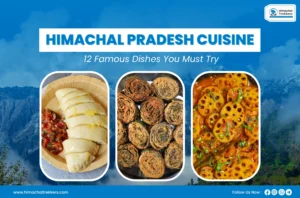When you travel to Himachal Pradesh, it doesn’t take long to realize that this place is more than just snowy mountains and apple orchards. The true magic lies in Himachali culture—how people live, celebrate, sing, and carry their traditions with pride.
Culture is what shapes people, their outlook, and their way of life. In Himachal, it is not confined to museums or books; it’s alive in their daily routines, festivals, handicrafts, folk songs, dances, and even the architecture of their homes and Dev Bhumi, has preserved its identity while adapting to modern times.
In this article, we’ll explore the unique culture of Himachal Pradesh—from its festivals and food to arts, music, and everyday lifestyle. Whether you’re planning a visit or just curious about the heritage of this beautiful state, here’s a closer look at what makes Himachali culture truly special.
What is the Culture of Himachal Pradesh?
The culture of Himachal Pradesh is a vibrant blend of traditions and values shaped by its rich history and diversity. It is a multi-religious society, with nearly 96% of the population being Hindu, alongside centuries-old Buddhist monasteries in Lahaul-Spiti and Kinnaur, and vibrant Sikh, Muslim, and Christian communities in various districts. Hindi and numerous Pahari dialects are widely spoken throughout the state.
What makes Himachali culture special is its close bond with nature, reflected in everyday life, festivals, and rituals. Its world-renowned handicrafts, colorful folk dances and music, and rich cuisines carry centuries of heritage that continue to inspire modern generations.
All of these elements are deeply rooted in a heritage that spans from Vedic times to the present day, making Himachal Pradesh a living testament to India’s cultural richness.
How is Himachali Culture Formed?
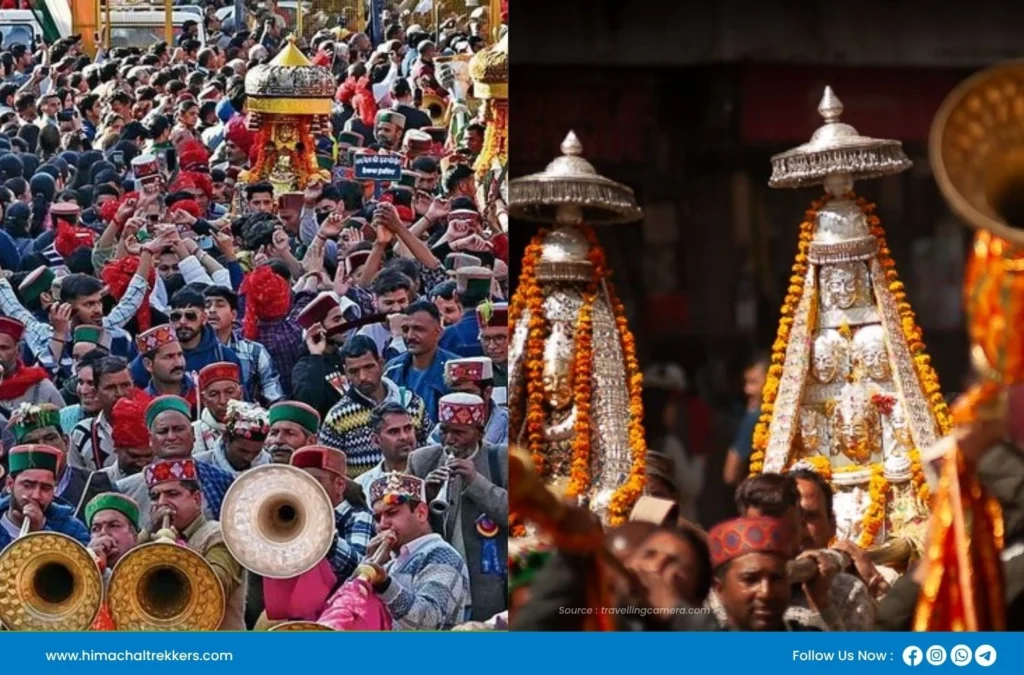
Himachali culture is formed through a long history of migrations and interactions among diverse groups like the Indus Valley Civilization peoples, Kols, Mundas, Aryans, Bhotas, and Kiratas. The land’s geography also helped shape unique tribes such as the Gaddis and Kinnauris. All this created rich traditions in music, dance, crafts, festivals, and strong family bonds.
According to A.L. Basham, India holds “the oldest continuous cultural traditions in the world,” and Himachal Pradesh’s culture is equally ancient. The state’s vibrant heritage reflects its climate, flora, and fauna. Hindi is the official language, while Pahari dialects like Chambyali, Pangwali, Lahauli, and Kinnauri are widely spoken. Folk music, songs, and dances deeply enrich the culture.
Art, Architecture, and Handicrafts of Himachal Pradesh
Himachal Pradesh is known for its unique forms of art and architecture, especially its temple architecture. If you want to understand Himachali culture, step into its temples and homes—you’ll see history carved into wood, stone, and even painted onto cloth.
What makes it interesting is that the state has preserved three distinct artistic traditions across centuries:
- Indigenous or Khasha art
- Indo-Aryan art
- Indo-Tibetan art
The Khasha style is considered the most ancient and relied heavily on wood as the primary material. Its roots can be traced back to the 2nd century B.C., on the copper and silver coins of the Audumbaras. These coins often depicted temples crowned with a Dhwag (flag), Trishula (trident), and a battle-axe, highlighting their Shaivite religious origins.
Temple Architecture
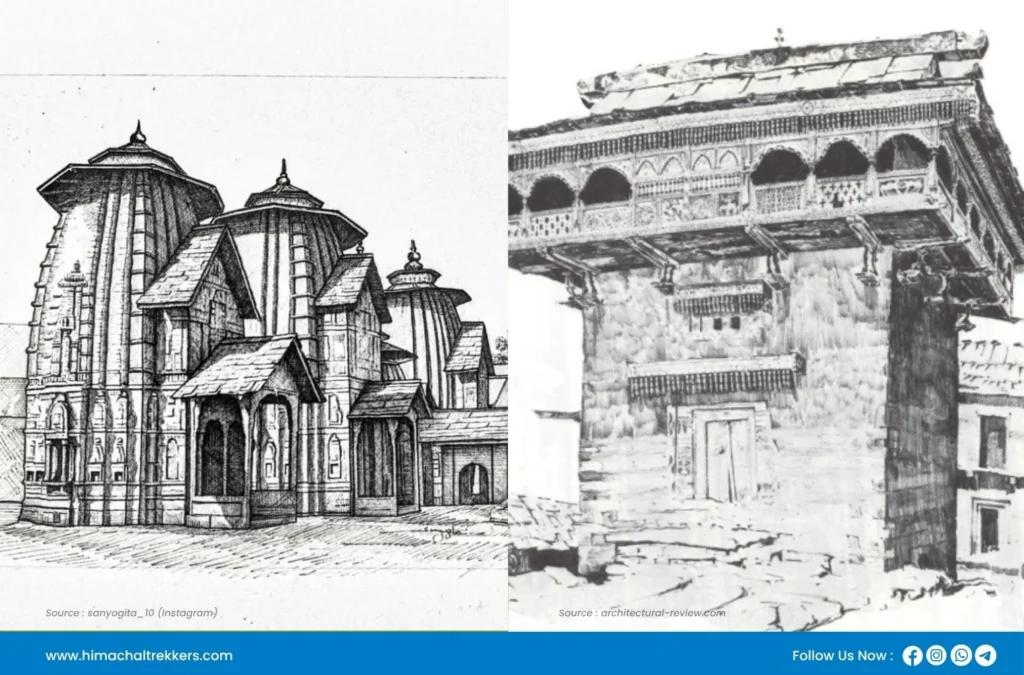
There are four different styles of hill-temple architecture across Himachal, reflecting not only religious diversity but also the blending of old inhabitants with new settlers. From the stone marvel of Masrur Rock Cut Temple to the wood-based shrines of Chamba and Kullu, each valley carries its own interpretation of faith and design.
Wood Art
During the medieval period, wood carving tradition flourished. Temples were decorated with intricate masks used for ritual dances, while birds, flowers, and animals were carved into window frames and doorways.
Some of the most remarkable examples still survive in the Lakshna Devi and Shakti Devi temples (Chamba), Mrikula Devi (Lahaul), Dakshin Mahadev (Nirmand, Kullu), Magroo Mahadev (Mandi), and the Manan temple (Shimla hills). Walking through these sites, you can almost feel the hands of artisans from centuries ago still alive in their craft.
Sculpture
Post-Gupta, the Rajput era ushered in the classical age of Himachali art. This period gifted the region with some of its most spectacular stone and metal sculptures, seen in places like Hatkoti, Nirath, Nirmand, Mamel, and Masrur. These works reflect not just religious devotion but also the political power and artistic taste of the hill rulers.
Paintings
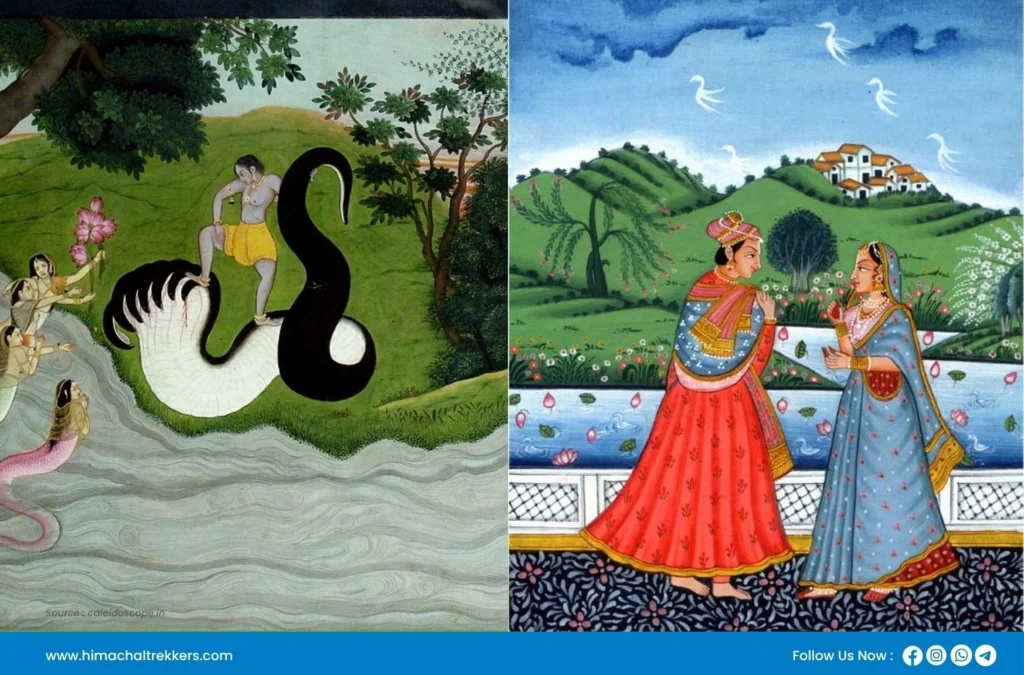
Perhaps the crown jewel of Himachali art is its miniature painting tradition. Between the 17th and 19th centuries, artists working in the courts of hill princes developed what is now called the Pahari School of Painting. Using natural colors on handmade paper, they depicted everything from episodes of the Mahabharata and Ramayana to local love stories and pastoral life.
Centers like Guler, Chamba, Kangra, Nurpur, Mandi, Kullu, Bilaspur, and Arki produced stunning works. In fact, nearly 35 painting centers flourished in this era.
Handicrafts
Beyond formal art, Himachal’s everyday craft traditions continue to thrive. Chamba Rumals (embroidered squares once exchanged as tokens of love or devotion), Kullu shawls, and Kangra pottery are more than souvenirs—they’re living continuations of centuries-old practices.
If you want a curated glimpse of this heritage, visit the Museum of Himachal Culture & Folk Art in Manali or the Himachal State Museum in Shimla. They bring together everything from woodwork to Pahari paintings under one roof.
Festivals & Fairs of Himachal Pradesh
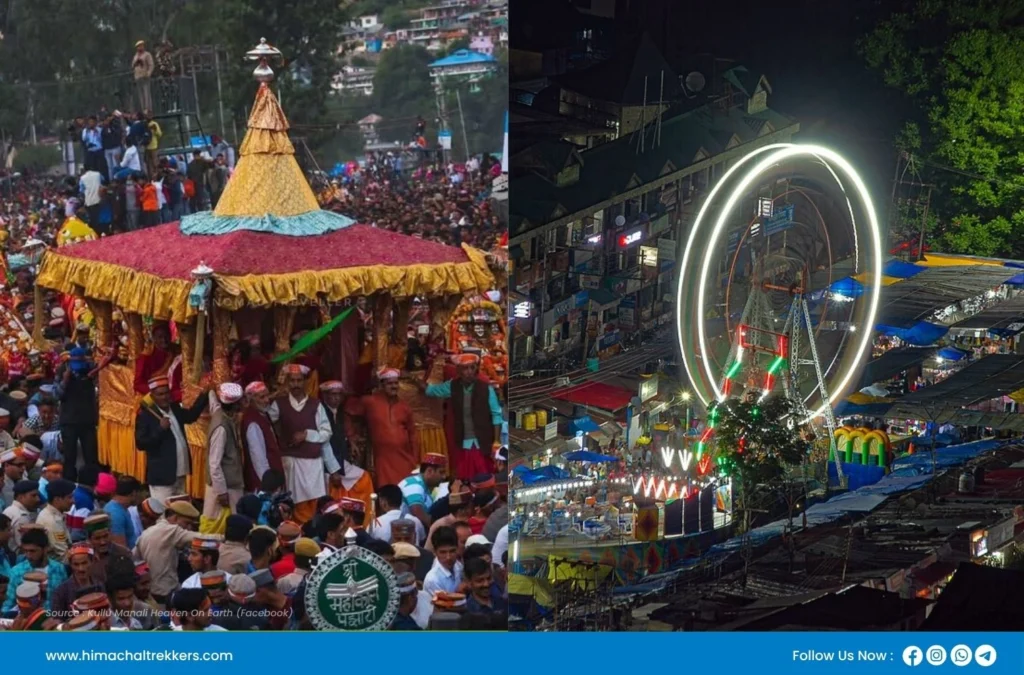
Ask any Himachali, and they’ll tell you: life here is a festival. Celebrations of fairs in Himachal are not just entertainment—They carry social, educational, and religious meaning, and help people stay connected with each other. In fact, festivals are a way of ensuring both economic cooperation and cultural survival, binding communities together generation after generation.
Some of the most well-known fairs and festivals of Himachal Pradesh include:
- Major Festivals: Dussehra in Kullu is world-famous, where hundreds of local deities are carried in processions. Mandi Shivratri brings thousands of devotees. Holi in Sujanpur Tira is celebrated with colors and music.
- Local Festivals: Minjar fair in Chamba marks the harvest season, Phagli in Lahaul celebrates winter, while Fulaich in Kinnaur is known as the “festival of flowers.”
- Seasonal Role: Festivals often align with farming cycles. After harvest, people celebrate with dance and food—it’s their way of thanking nature.
No matter the time of year, there’s always a festival in Himachal. They bring joy, strengthen bonds, and remind people of their roots.
Music, Dance & Folk Drama In Himachli Culture
Himachali folk culture has grown over centuries and is an important part of rural Himachali life. This culture of Himachal Pradesh is full of lively music, dance, traditional dresses and drama, performed during festivals and special events to show joy, devotion, and togetherness.
Folk Drama
Folk dramas are among the oldest and most vibrant cultural entertainments in the state. They are usually performed in the winter months, after the exhausting periods of sowing and harvesting are over. Villagers gather in temple courtyards or open village squares, where these performances often last through the night. They’re not just plays—they’re social gatherings, blending storytelling, song, and dance into one.
The most popular forms include:
- Kariyala and Swang (Bilaspur, Solan, Shimla hills, Sirmaur)
- Banthara (Mandi)
- Jhanki and Haranter (Chamba)
- Bhagat (performed with devotional themes)
Folk Music
The folk music of Himachal Pradesh reflects the soul of the community. It’s serene like the mountains, playful like the streams, and as diverse as the state’s flora. Even in tribal belts like Kinnaur, Pangi, and Lahaul, where dialects differ, the rhythmic patterns and melodies make the songs universally moving. Folk music provides solace to remote communities, evoking images of rustling leaves, flowing brooks, and whispering winds.
Musical Instruments
No discussion of Himachali culture is complete without its instruments.This culture classified them into four groups—stringed, wind, percussion, and bells.
- Drums: Dhol, Dholku, Dholki, Nagara, Dammama, Damanght, Nagarth, Gajju, Doru, Hudak, and Dhausa. The Bharai community performs ritual drumming during fairs, accompanied by singing and dancing. These drums, made from local wood and hides, vary in shape and playing styles, reflecting local traditions.
- Wind Instruments: Ranasingha, Karnal, Turhi, Flute, Algoja, Shehnai, Peepni. The flute is beloved by shepherds, while instruments like Ranasingha, Shehnai, and Been are staples of weddings, processions, and deity festivals.
- Stringed Instruments: Ektara, Kindari Davatra, Gramyang, Sarnagi, Jumang, and Ruman. These are used by professional folk singers, who often perform in traditional dress, keeping ancient art alive despite the threats of commercialization.
Folk Dances
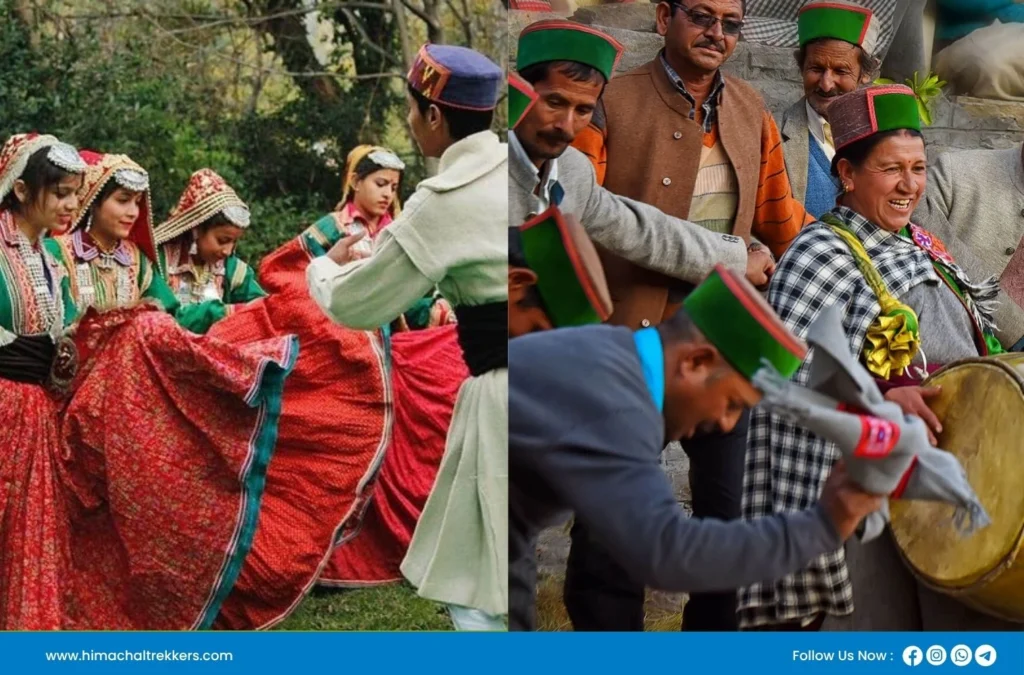
The most iconic is Nati, a group dance performed during fairs and festivals, so popular Himachli dance it has earned UNESCO recognition as an intangible cultural heritage. There are many regional variations of Nati—Kulluvi Nati, Seraji Nati, and Kinnauri Nati—each with distinct steps and costumes.
Other dances include:
- Chhamb (martial dance from Chamba)
- Rakhshasa (ritual demon dance)
- Lahauli folk dances reflecting Tibetan influence
Food Culture of Himachal Pradesh
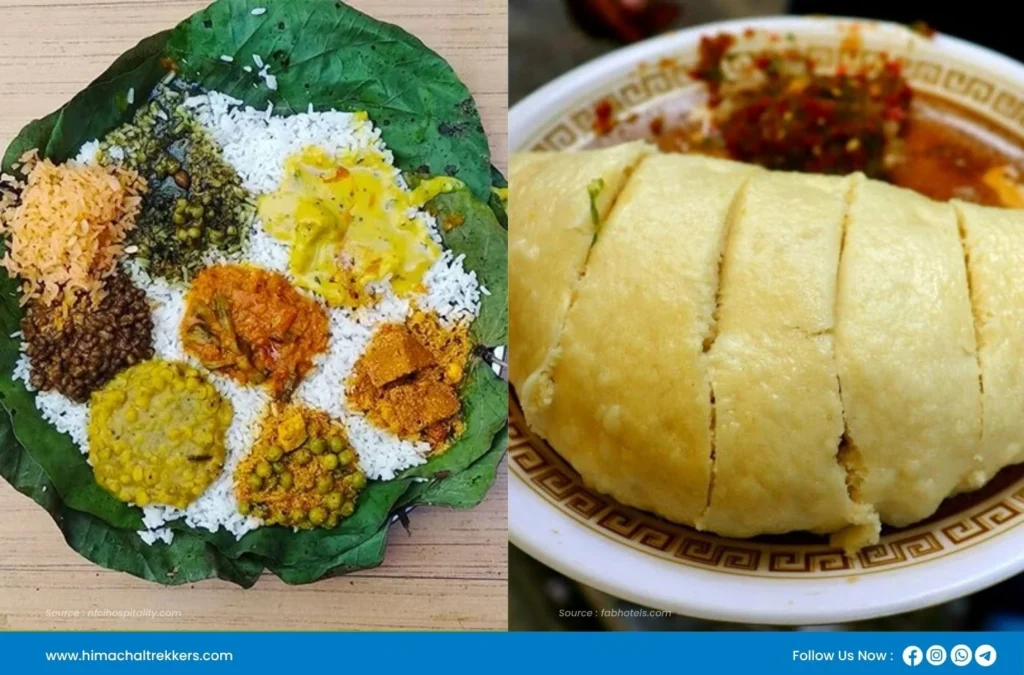
Himachali food culture is a mix of traditional dishes and local cuisine, made with seasonal ingredients like cereals, lentils, and meat, along with flavors influenced by Punjab and Tibet. Traditionally, meals revolve around meat, cereals, and lentils, while leafy vegetables are a more recent addition to the Himachali diet.
- Daily Meals or Cuisine: Lentils, rice, and breads are staples, but Himachalis love rajma (kidney beans), red rice, and seasonal vegetables.
- Traditional Dishes: The famous Dham is a festive meal served on leaf plates during weddings and celebrations. Cooked by traditional chefs (botis), it usually includes madra (curd-based curry), rice, dal, and sweet-sour chutneys. Other favorites are Siddu (steamed bread), Tudkiya Bhat (pulao), Patrode (colocasia rolls), and Babru (stuffed fried bread).
- Regional Flavors: Chamba is known for rajmah madra, Kinnaur for childu, and Lahaul for meat-based dishes due to the cold climate.
If you’re ever invited to a Himachali wedding, don’t miss the Dham—you’ll remember it more than the ceremony itself!
Preservation of Himachal’s Culture
Himachal Pradesh preserves its rich culture and heritage through initiatives focusing on its historical sites, handicrafts, traditional arts, and languages. The government supports these efforts by documenting ancient manuscripts, promoting traditional crafts via the Handicrafts and Handloom Corporation, organizing folk festivals, and even digitizing temple records to safeguard architectural knowledge for the future.
The Department of Language, Art and Culture Himachal Pradesh plays a central role in this mission—offering financial aid to artisans, conducting training programs, and creating platforms where folk musicians, dancers, and painters can showcase their work. Initiatives like cultural fairs and literary awards ensure that both traditional art forms and modern interpretations gain recognition nationally and internationally.
The Museum of Himachal Culture & Folk Art in Manali is another pillar of preservation, curating rare household objects, ritual masks, traditional dresses, and remarkable examples of Himachal culture painting. For visitors, it serves as a living classroom, while for locals it is a reminder of their cultural continuity.
Community efforts also matter—villagers keep oral traditions alive through festivals, while local NGOs support youth groups in learning traditional music, weaving, and handicrafts. At the same time, laws like the Ancient Monuments Preservation Act protect centuries-old temples and architectural landmarks.
These combined efforts—grassroots, institutional, and governmental—make sure that Himachal’s cultural identity isn’t just remembered as history, but continues to thrive as a living heritage in the modern age.
Tourism is also helping to keep Himachali culture alive. Many homestays let visitors try local cooking and enjoy folk performances, so both visitors and the younger generation of Himachal stay connected to their roots.
Final Thoughts
The culture of Himachal Pradesh is not something written in books—it’s lived every day. From the Himachli Topi people wear to the songs sung in valleys, from temple carvings to wedding feasts, every element reflects pride in heritage.
What makes Himachali culture special is its ability to adapt yet stay rooted. Even as towns modernize, people still celebrate Dussehra with the same devotion, still paint miniatures, and still perform Nati in circles that grow bigger every year.
If you truly want to understand Himachal, don’t just look at its mountains—look at its people, their festivals, their food, and their art. That’s where the real story lies.

